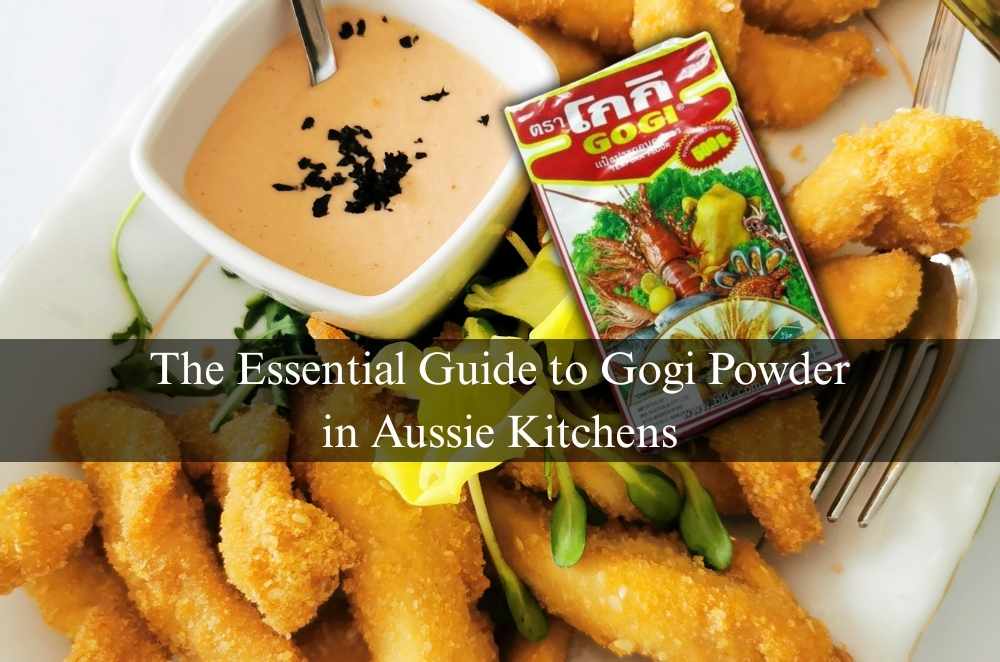
There’s a quiet shift happening in Australian home kitchens. More and more cooks are reaching past the usual all-purpose flour and breadcrumbs and discovering ingredients that bring deeper crunch, richer flavour, and cultural texture. One product that’s quietly found its way into pantries is gogi powder Australia can provide, thanks to its versatility in home cooking and its ability to replicate that signature crunch found in authentic Asian dishes.
What’s made it catch on isn’t just the crispiness—it’s the versatility. From chicken to tofu, air fryers to deep fryers, gogi powder has proven itself more than just a one-recipe wonder.
What is gogi powder, and why is it different?
If you’ve never used it, you might be surprised to learn gogi powder isn’t just flour. It’s a purpose-made coating blend designed for protein—usually meat, but it works just as well for veggies and seafood. The mix typically includes wheat flour, corn or potato starch, garlic, pepper, salt, and other flavour enhancers like onion powder or sometimes MSG.
Unlike plain flour, it adheres better. It crisps quicker. And it seasons on its own.
Here’s what separates it from your standard coating options:
Pre-balanced flavour built in (no guesswork)
Finer, more even texture for smooth coverage
Helps lock in moisture while frying or air frying
Cooks to a golden brown without burning easily
Gogi powder is common in Korean-style fried chicken and battered snacks, but it’s increasingly being used across all sorts of cuisines.
How gogi powder fits into Aussie food culture
Australia’s food landscape is already diverse, but there’s a growing appetite for at-home authenticity, especially when it comes to Asian meals. Instead of ordering in, people want to replicate the real thing at home. Gogi powder makes that more accessible.
Why it’s finding a place in more Aussie kitchens:
It’s shelf-stable, easy to store and portion
Requires no extra seasoning or mixing
Works well in air fryers, deep fryers, and shallow pans
A little goes a long way
What’s more, gogi powder adapts to local cooking habits. Some are using it to coat sweet potato fries, others to add crunch to grilled eggplant. The blend is neutral enough to work outside of Korean recipes while still delivering that signature snap.
Thinking beyond the fry pan
There’s a tendency to box gogi powder in as “only for frying,” but that’s not the whole story. Its blend of starches and seasoning makes it suitable for dry-fried dishes, oven-baked options, and even broiler grills when used lightly.
Creative uses home cooks are trying include:
Tossing tofu in gogi powder before searing
Mixing it into breadcrumb blends for a Korean-Aussie hybrid
Adding a dusting on top of grilled mushrooms for a crispy edge
Using it as a dry rub base before slow-cooking pork belly
The results vary by method, but the constant is that it holds flavour and texture better than plain flour or cornstarch. It’s not flashy, but it works.
Food safety and online shopping: what to watch for
As more people buy international pantry staples online, food safety becomes a real concern. That’s especially true with imported dry goods, which may not always follow the same labelling standards we’re used to locally. Government resources now warn of biosecurity risks from imported groceries, especially those bought online without clear product details.
Key things to check when buying gogi powder:
The product’s country of origin
Expiry or best-before date (especially on bulk packs)
Ingredients list (especially for allergens like gluten or soy)
Storage instructions
Whether the packaging is sealed and labelled in English
Legitimate sellers—online or in-store—will always provide this. If the label is missing or hard to read, it’s worth reconsidering that supplier.
Where Aussies are finding the good stuff
Although gogi powder is still under the radar for many, savvy shoppers are tracking it down through niche grocery stores and online platforms. Some of the best finds aren’t on major supermarket shelves—they’re tucked away in digital carts or suburban Asian grocers.
One writer shared their favourite online Asian grocery find, and it’s the kind of experience that’s becoming more common: stumbling upon a product like gogi powder, giving it a try, and never looking back.
Signs of a quality gogi powder:
Comes in resealable packaging
Doesn’t clump or harden in humidity
Smells subtly garlicky, not stale
Contains both flour and starch in the top ingredients
No artificial colouring (unless noted clearly)
A little research goes a long way. Forums, food blogs, and local cooking groups are great places to get recommendations and even cooking tips specific to certain brands.
Gogi powder’s role in evolving home kitchens

There’s something incredibly satisfying about finding a shortcut that doesn’t feel like one. Gogi powder bridges that gap. It gives you better results, faster, and frees up mental bandwidth. No more mixing dry seasonings or hoping the flour sticks evenly. Just dip, coat, cook.
As more people experiment with international dishes at home, ingredients like gogi powder are becoming part of the new pantry normal.
You’ll find it next to:
Soy sauce, sesame oil, and rice vinegar
Panko crumbs and Korean-style BBQ marinades
Rice paper sheets and vermicelli noodles
Stir-fry sauces and pre-packaged spice pastes
For anyone looking to cook without stress—but still aiming for crisp, flavour-packed results—it’s an easy win. The cultural crossover is real. From Korean BBQ to modern fusion, gogi powder holds its ground in a growing culinary landscape that embraces both convenience and tradition.
More than trendy: it's a quiet staple
It’s easy to write off certain ingredients as just a passing fad, especially when they start popping up on social media. But Asian cooking at home in Australia is no longer niche—it’s become mainstream. With that shift comes a need for ingredients that deliver on both flavour and function.
Gogi powder doesn’t demand attention. It’s not exotic or intimidating. It’s just practical. And that’s why it’s sticking around. It’s become the kind of thing you pick up once and wonder how you managed without it.
The learning curve? Low. The flavour payoff? Big.
Final thoughts
There are a few ingredients that sneak into your kitchen and end up staying for years. Gogi powder might be one of them. It’s not trying to be flashy or viral—it’s just good at what it does. Whether you’re frying, baking, or experimenting with textures, it delivers reliability in a world full of overcomplicated meal hacks.
And in the end, that’s what a good pantry staple should do: make your life easier, and your food better.

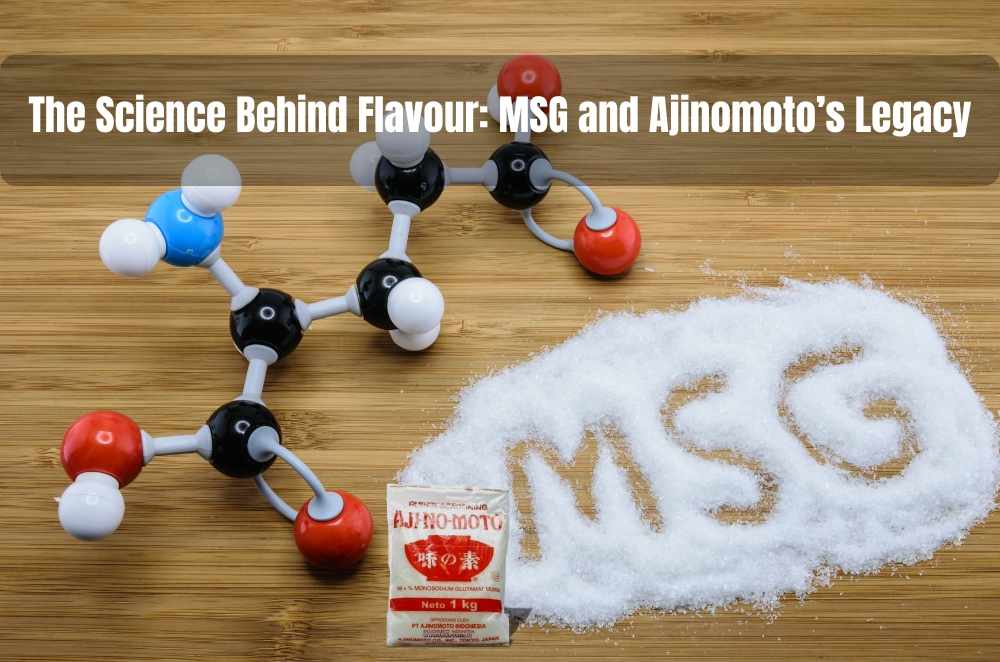

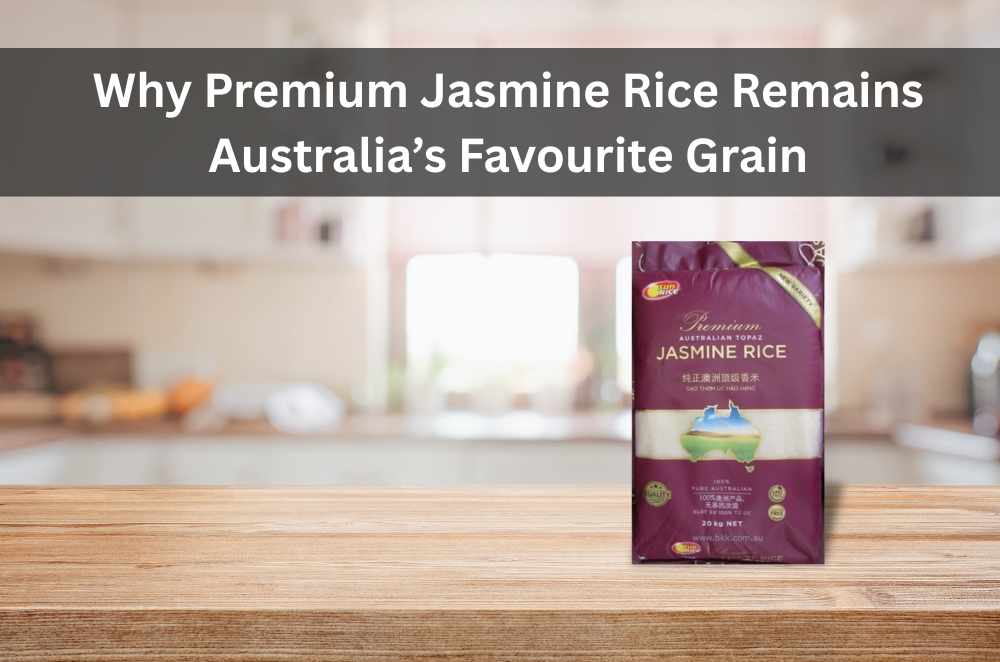
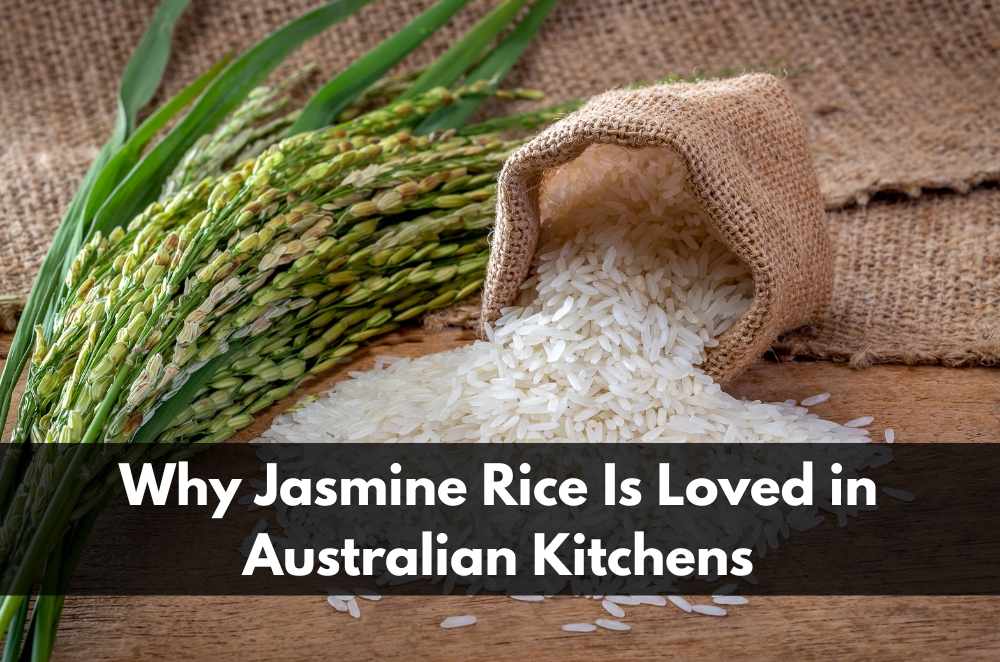
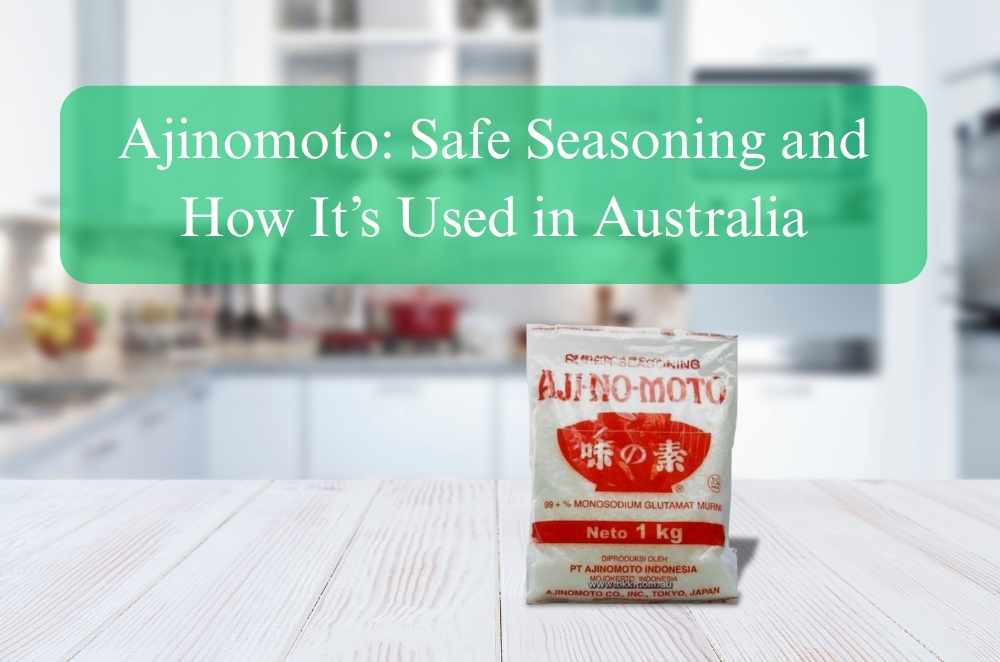




Write a comment ...